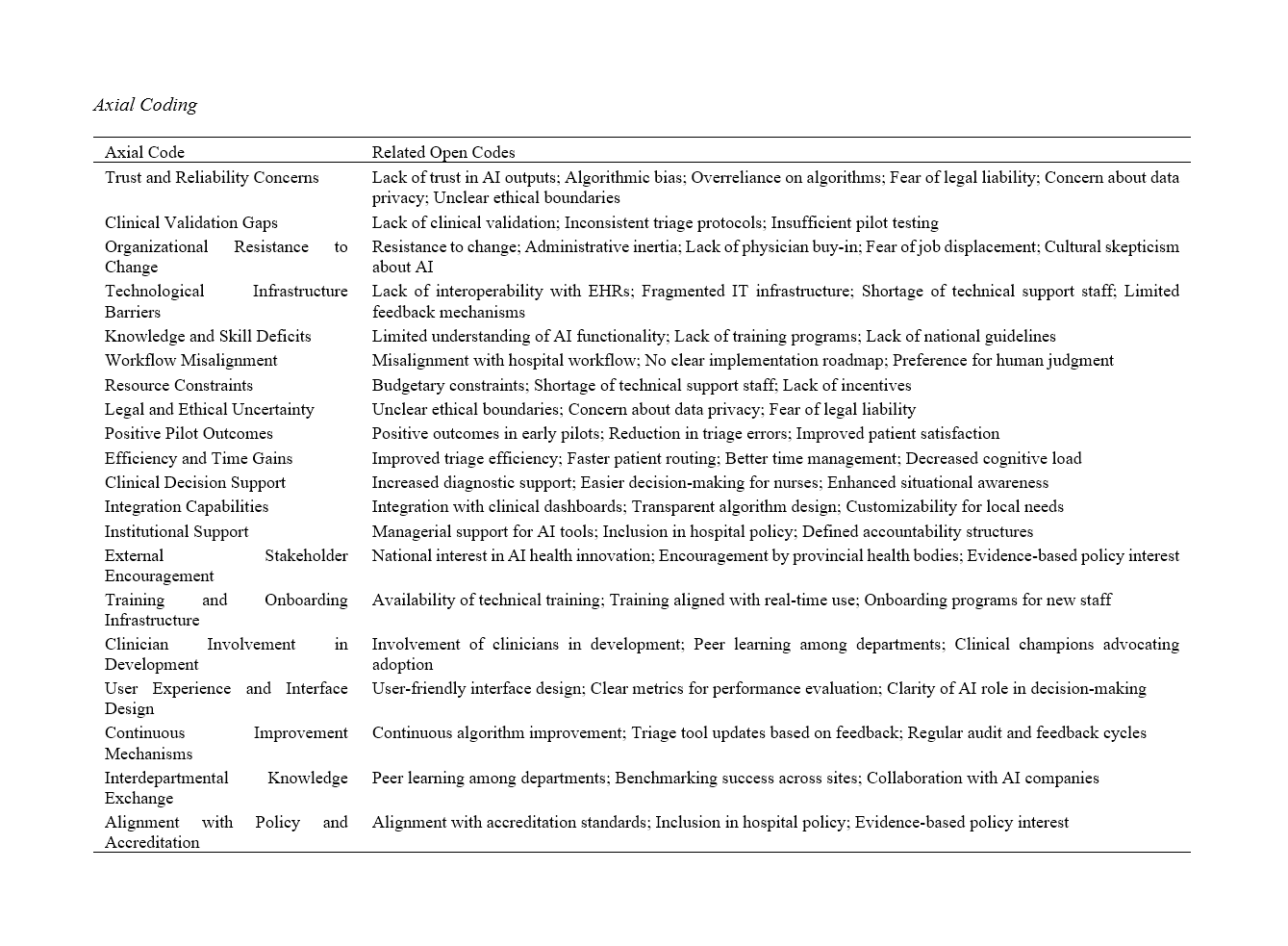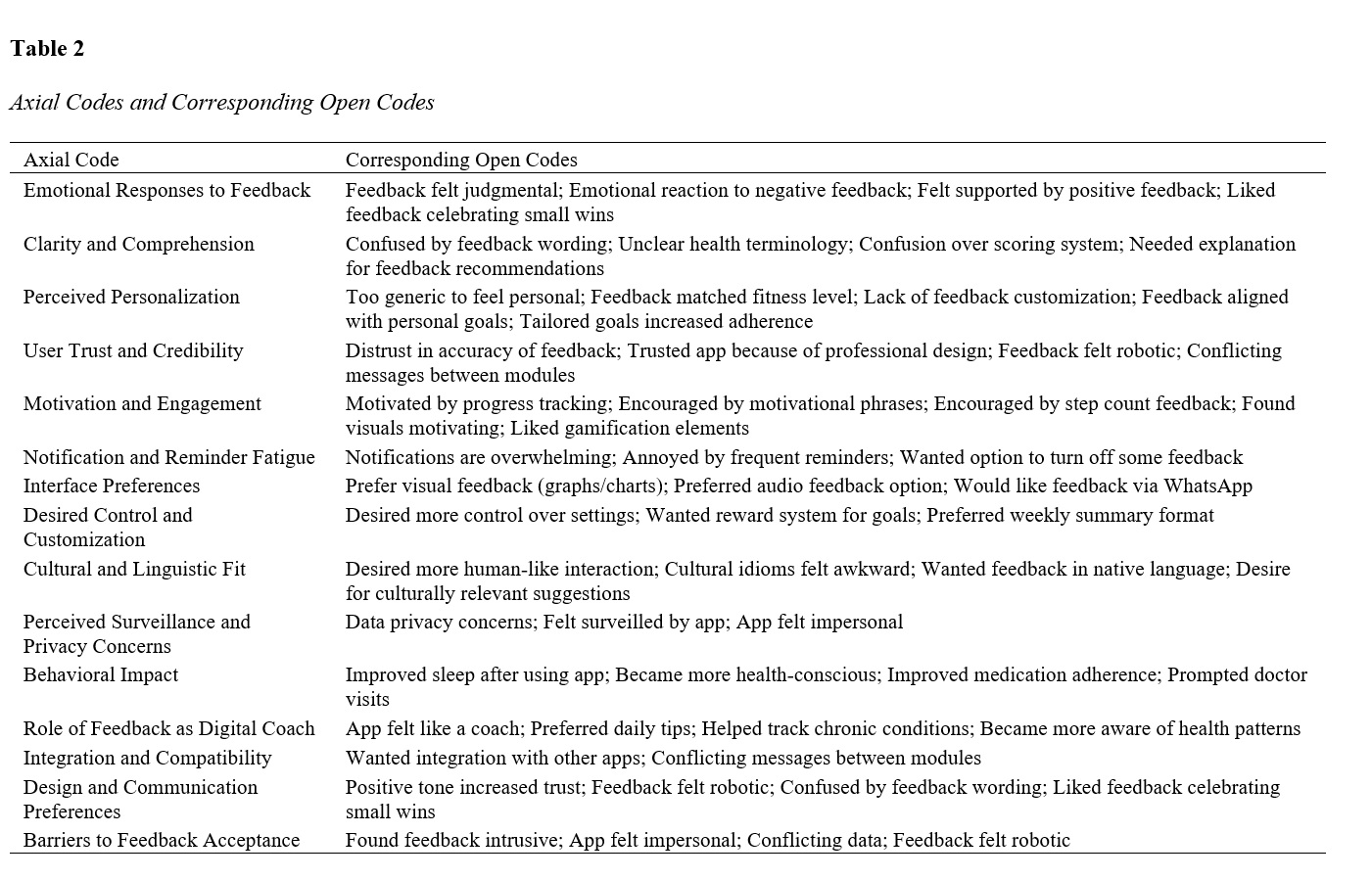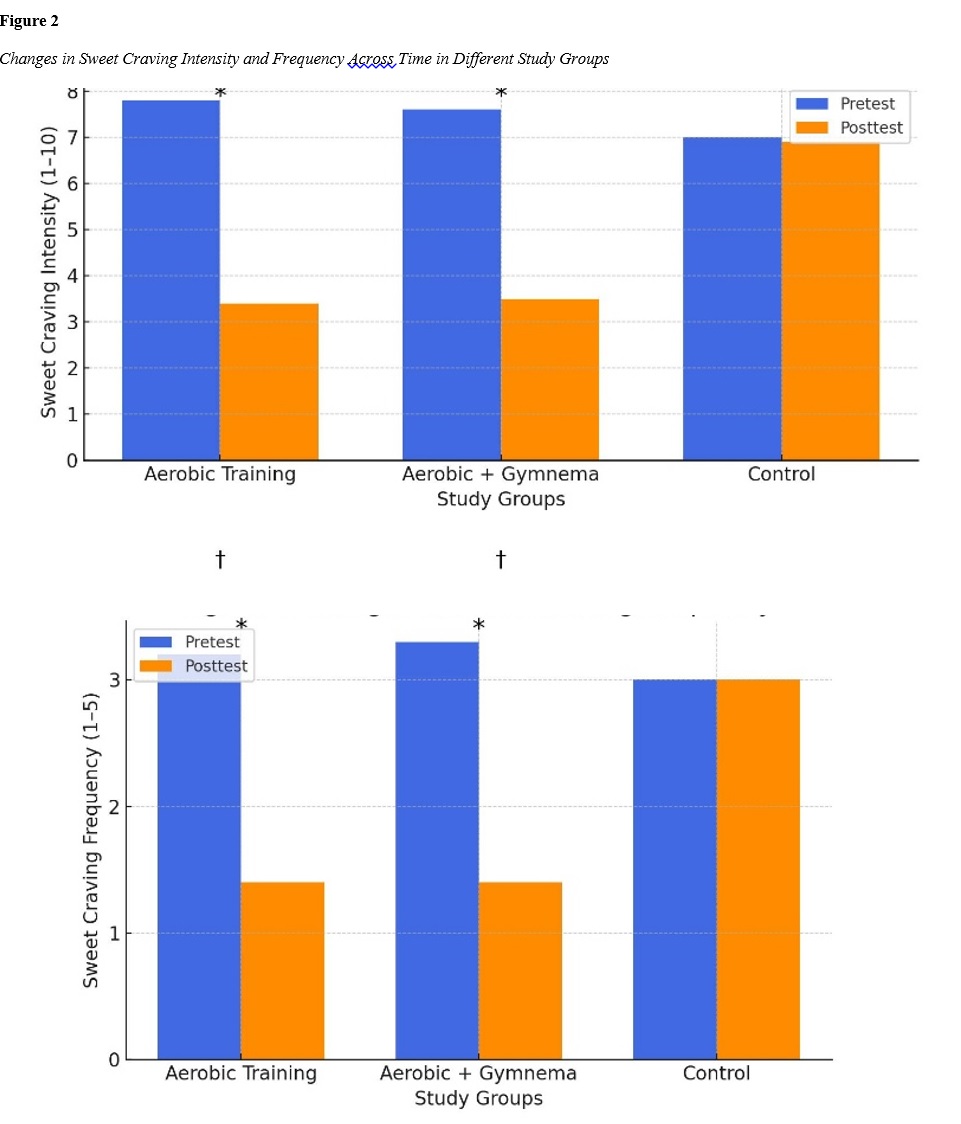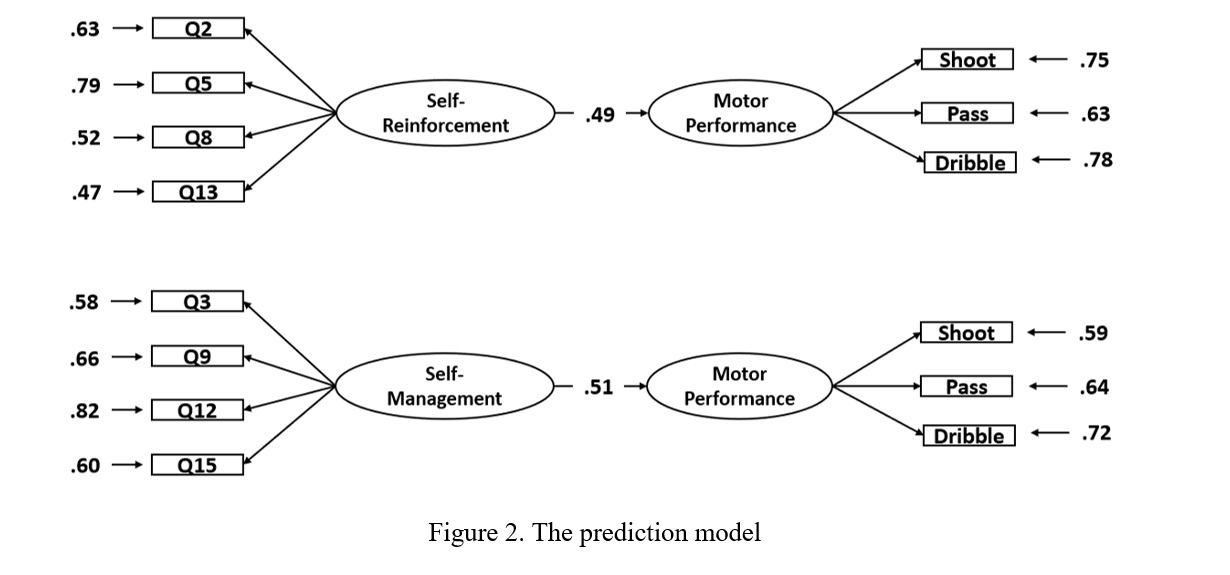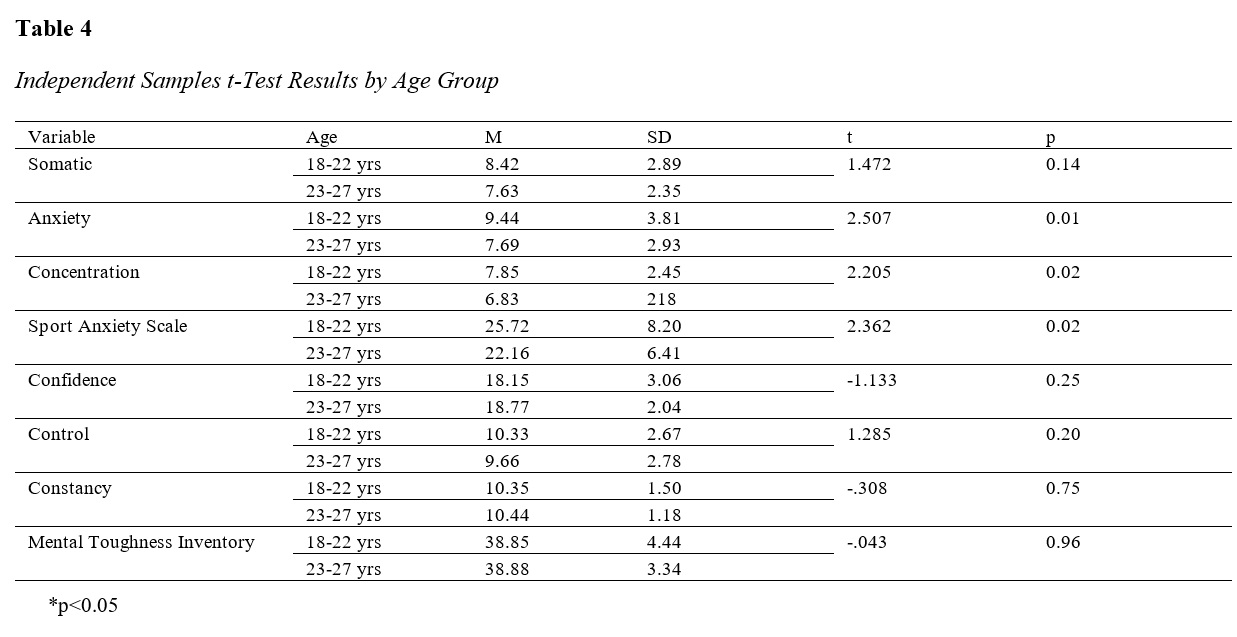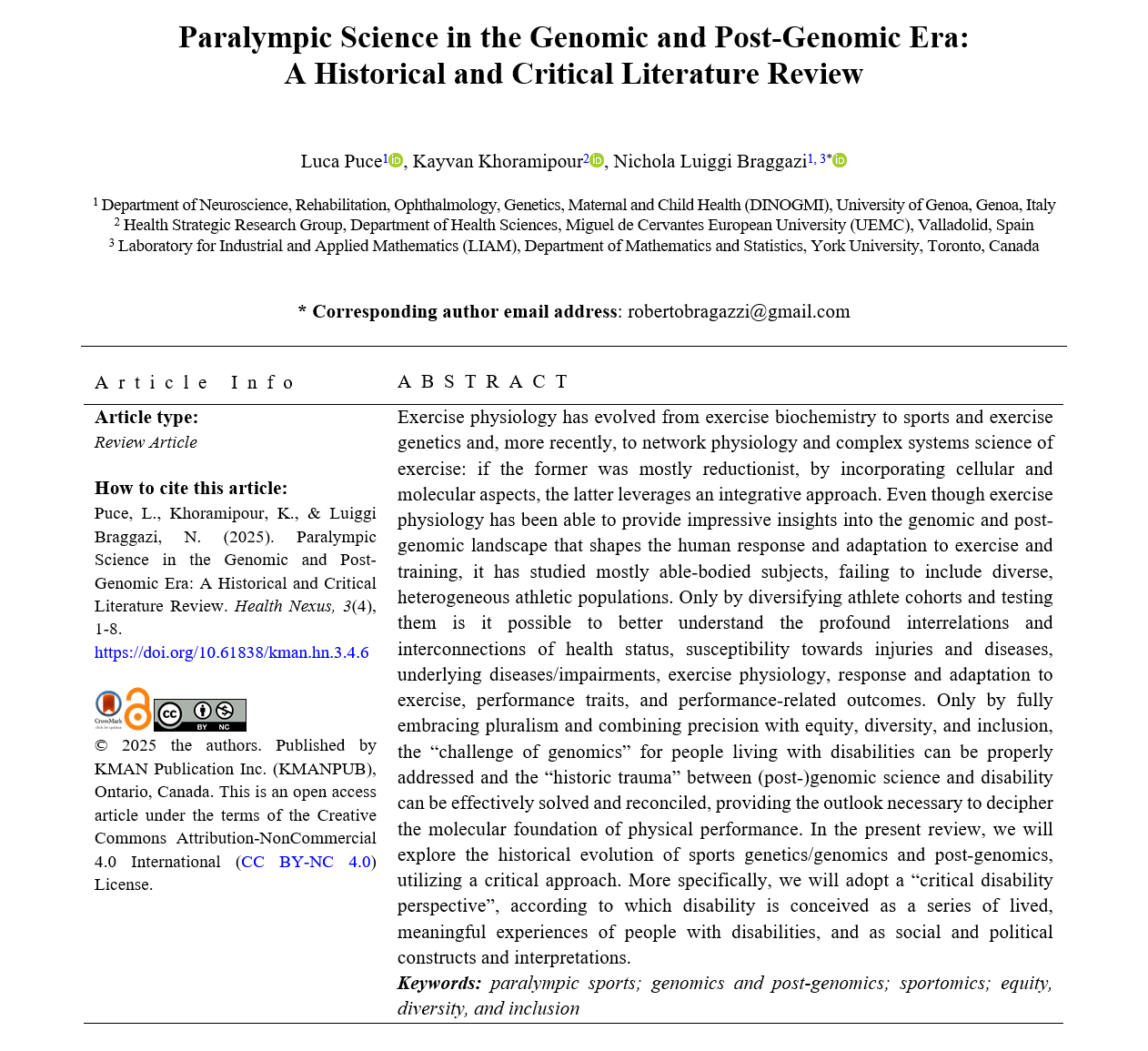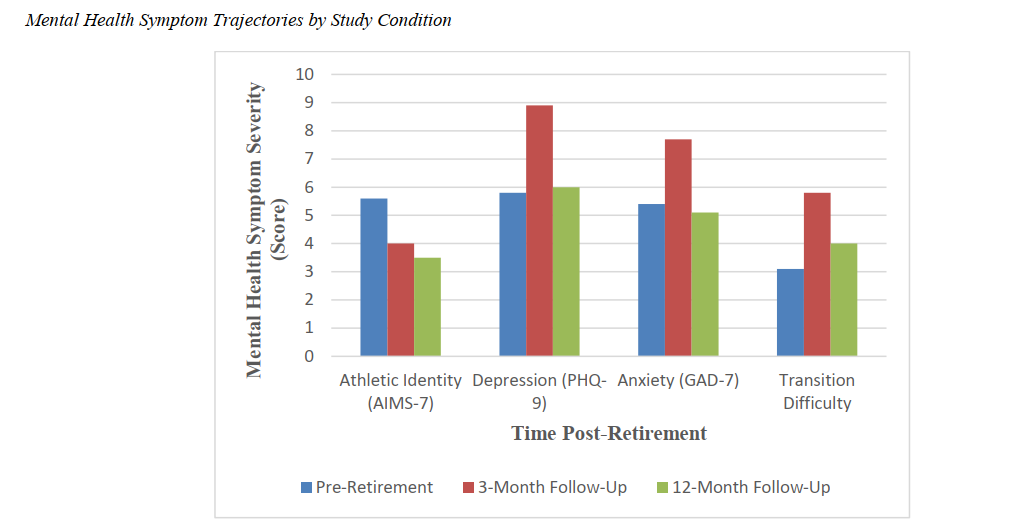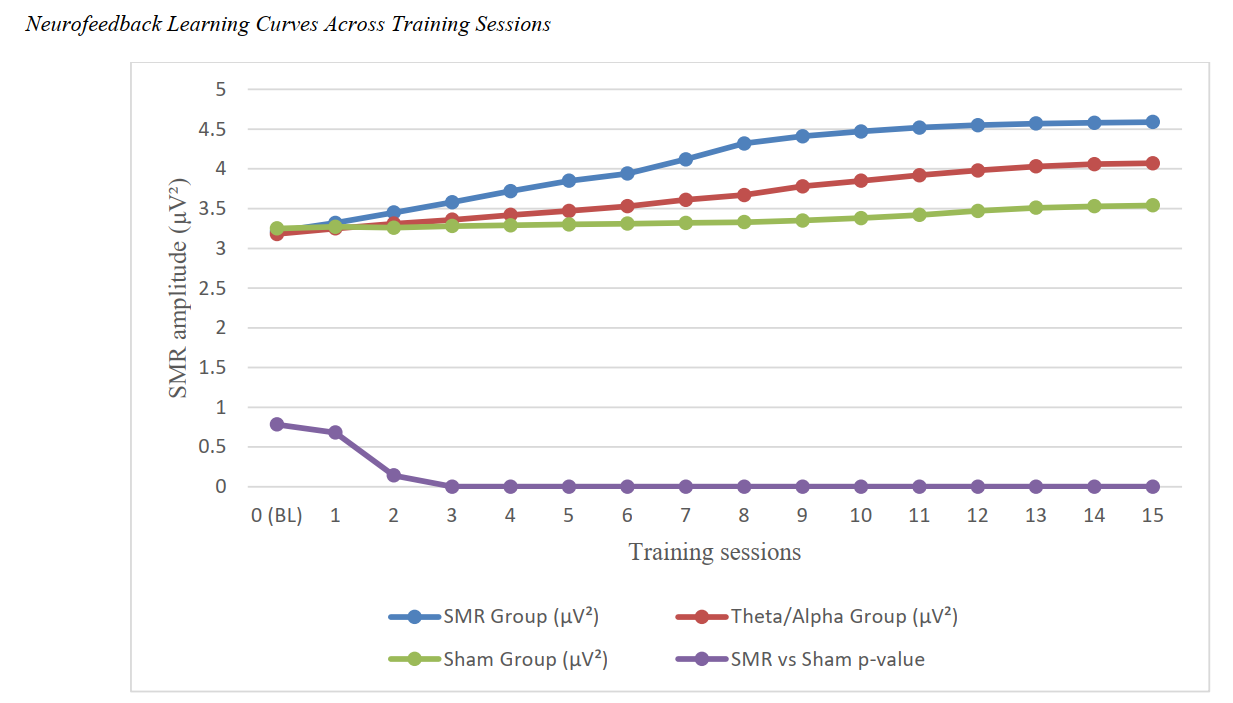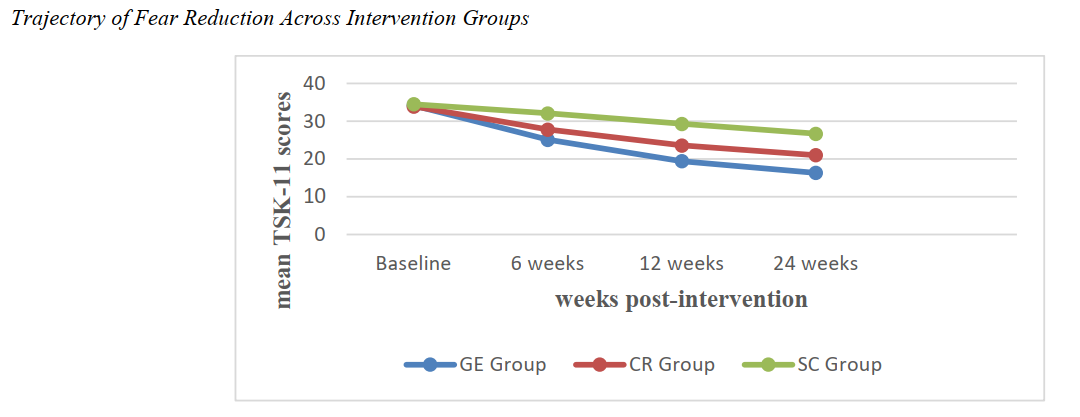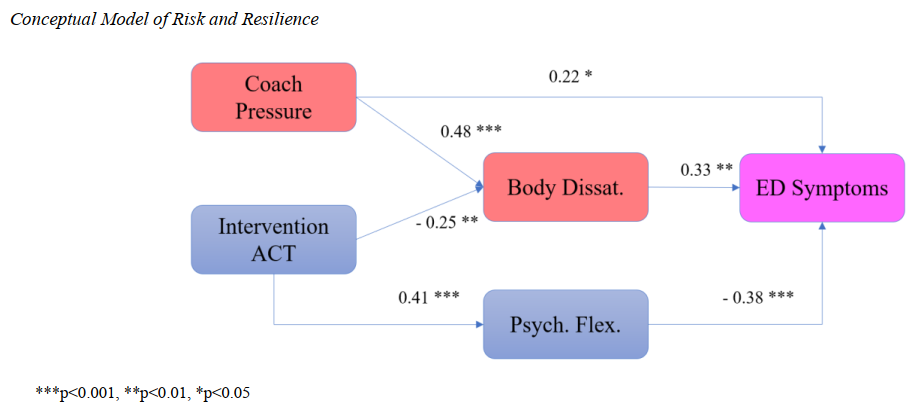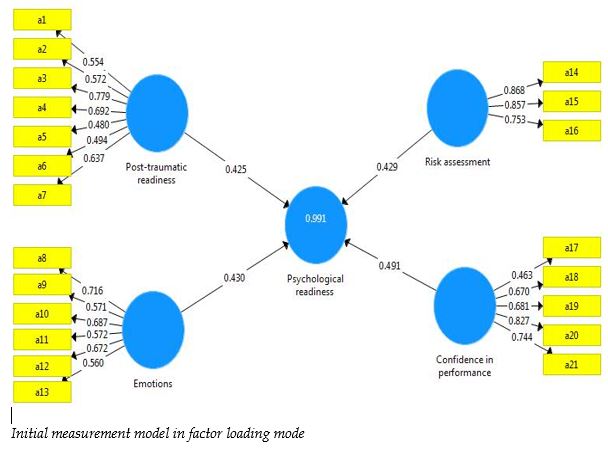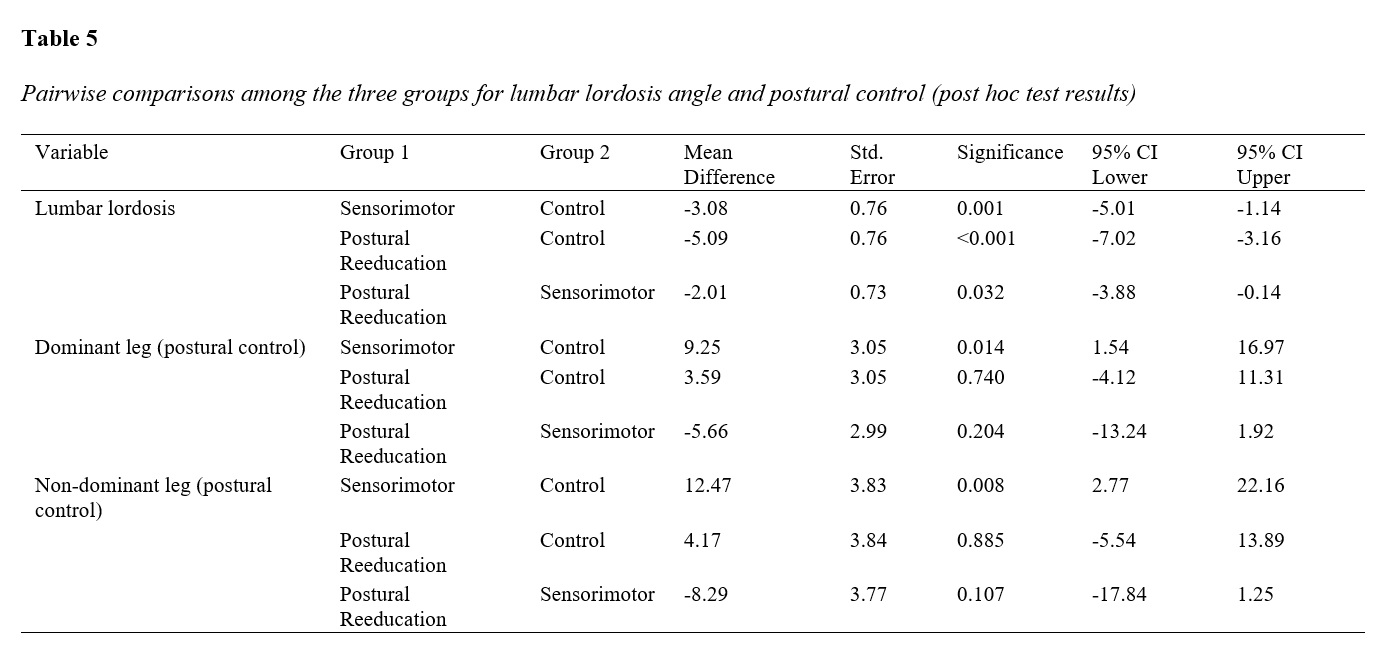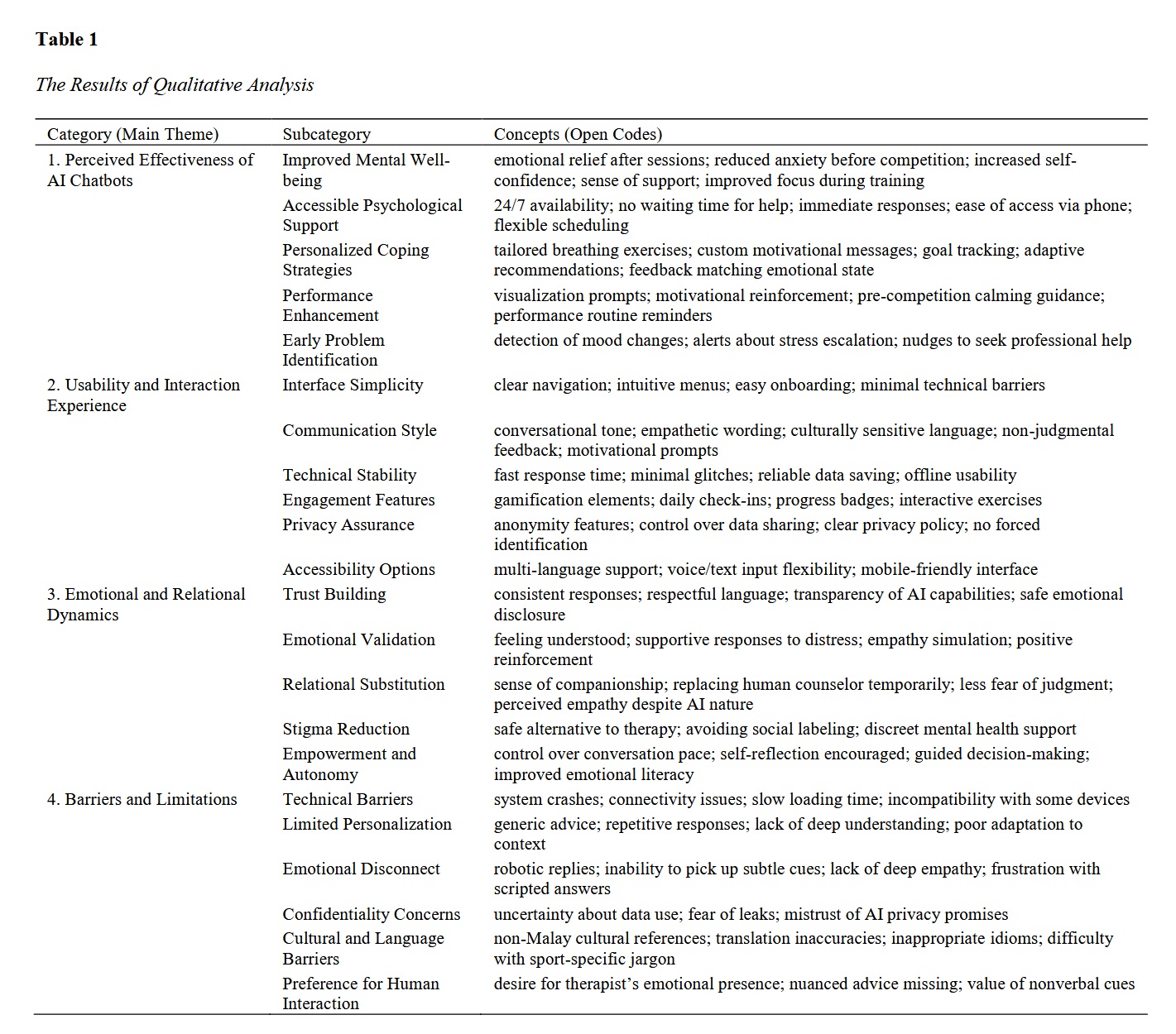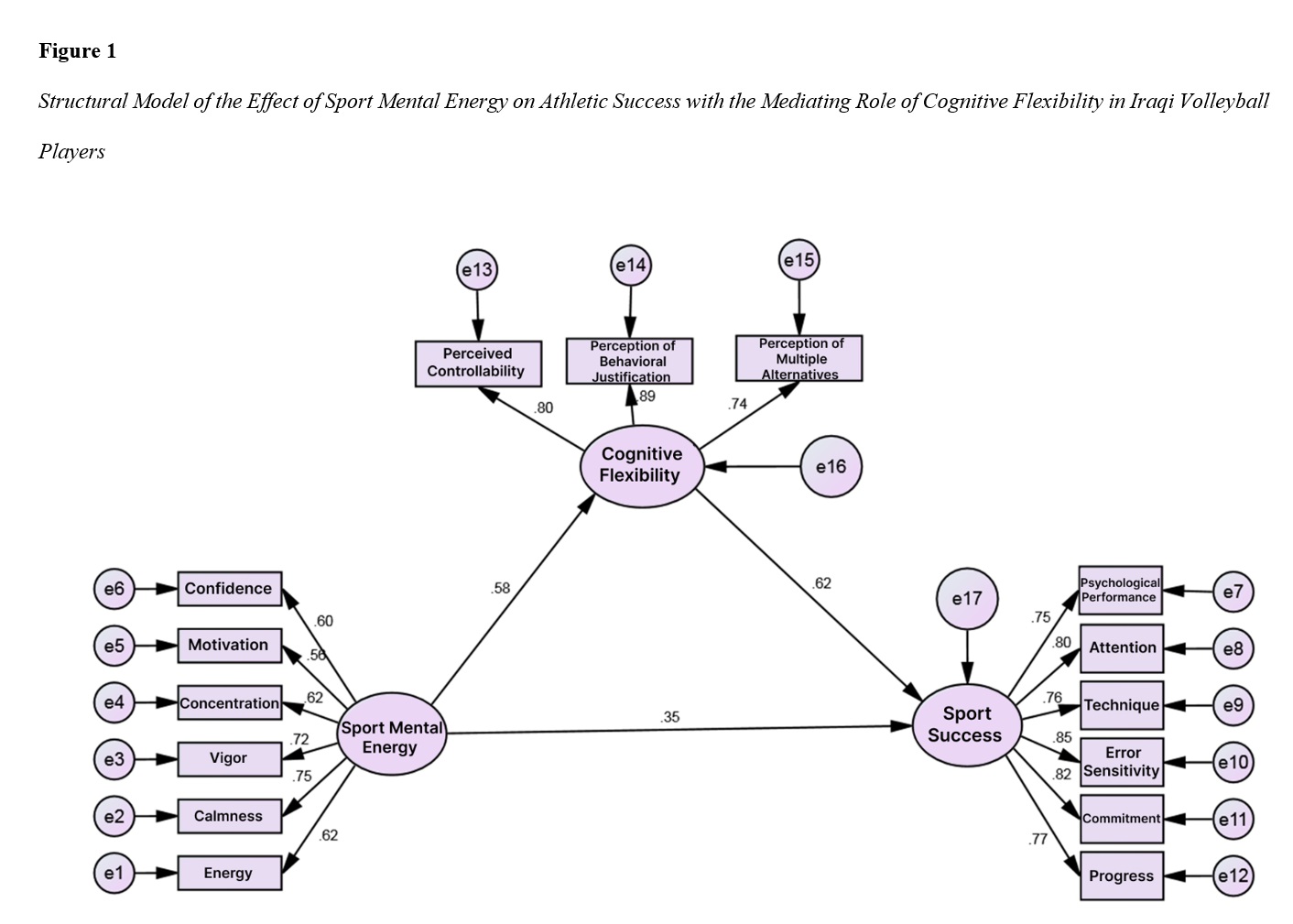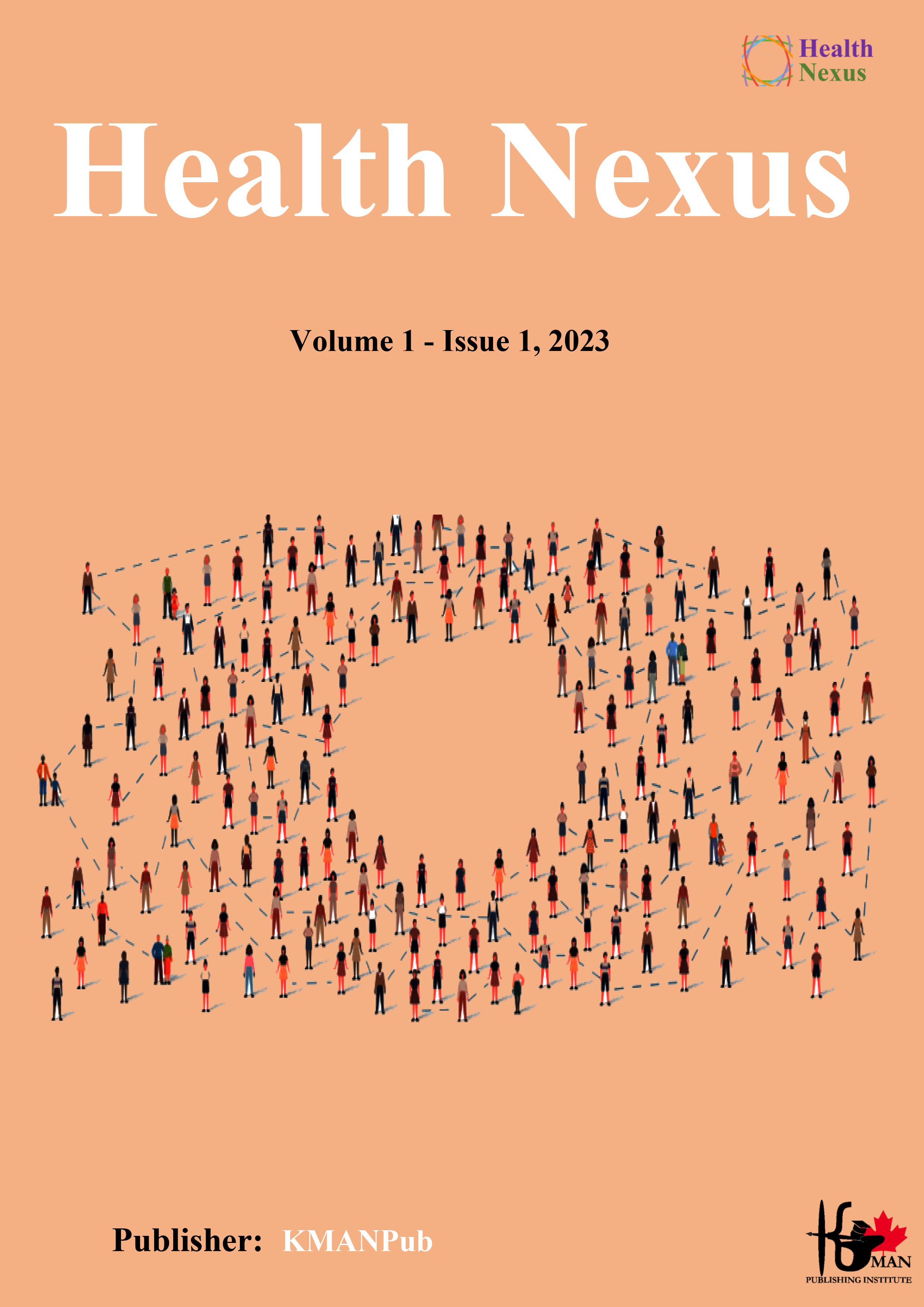
About the Journal
- E-ISSN: 2981-2569
- Editor-in-Chief: Dr. Hadi Nobari
- Owner: KMAN Research Institute
- Publisher: KMAN Publication Inc. (KMANPUB)
- Contact emails: healthnexus@kmanpub.com / healthnexusjournal@gmail.com
- Open access: YES
- Peer-review: Yes (Open Peer-review)
Health Nexus is a multidisciplinary journal dedicated to publishing and disseminating groundbreaking research in human health. This journal uniquely focuses on the synergistic relationship among four key areas: sports sciences, psychology, public health, and emerging technologies in health. By embracing this diverse yet interconnected scope, Health Nexus serves as a dynamic platform for researchers to present their latest findings and contribute significantly to the enhancement of human health and well-being.
The journal invites a wide array of submissions, including original research articles, comprehensive reviews, insightful meta-analyses, theoretical explorations, and practical applications. These contributions are expected to advance knowledge and understanding in each of the journal's core areas: sports sciences' role in physical and mental health, psychological perspectives on wellness, public health strategies for community and global health improvement, and the transformative impact of emerging technologies in healthcare.
Health Nexus is committed to fostering the development of evidence-based practices and interventions. By integrating research from sports sciences, psychology, public health, and emerging technologies in health, the journal aims to offer a holistic view of human health. This approach ensures the promotion of well-being in all aspects of life, encouraging innovative solutions to health challenges in today's rapidly evolving world.
About the Publisher
Publisher: KMAN Publication Inc.
Publisher Office: Unit 5‑10825 Yonge St, Richmond Hill, Ontario, Canada, L4C 3E3
https://journals.kmanpub.com
Email: kmanpu@kmanpub.com
Telegram: +1 (647) 656‑4401 | WhatsApp: +1 (437) 429‑3507
Germany Office: Dratelnstrasse, Wohnung A60, 21119 Hamburg, Germany (+4915207720487)
Current Issue


